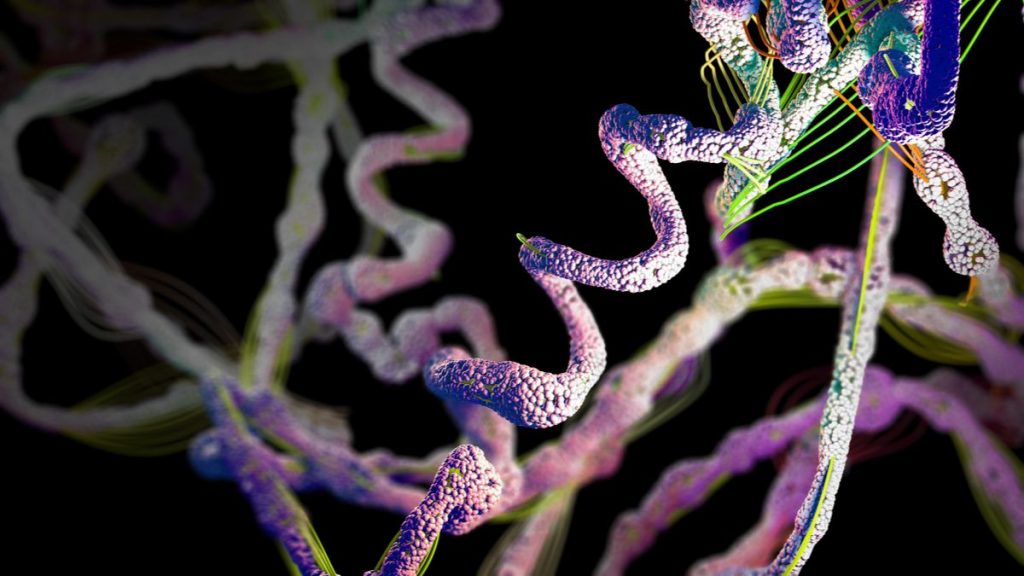Only one year after having determined the structure of almost all the proteins that make up the human body, AlphaFold artificial intelligence has been able to predict that of more than 200 million of these macromolecules.
A major challenge
Performing countless biological processes essential to life, proteins are the workhorses of living cells. These are made up of chains of amino acids that fold into complex three-dimensional shapes, determining their function. With such complex calculations requiring enormous processing power and hours of human labor, the “ protein folding problem has represented for many decades a major scientific challenge.
Everything accelerated thanks to theartificial intelligence AlphaFold. Initially trained on 100,000 known protein structures, this algorithm has developed the ability to predict the unique structure of many millions of other proteins, in seconds or minutes, instead of months or years.
AlphaFold’s first database was made public in July 2021. Originally comprising over 350,000 protein structures (including approximately 98.5% human protein as well as those found in Drosophila, mice, yeast and E.coli), this was rapidly expanded, incorporating approximately one million protein structures from 10,000 species of animals, plants, bacteria, fungi, and other organisms. Over the past year, more than 500,000 scientists around the world have consulted it to accelerate their research.

AlphaFold predicts 214 million protein structures
Its latest massive update brings that total to 214 million protein structures from one million species, or almost all of the proteins currently known to science. According DeepMindhaving such a database constitutes a tremendous asset for research into diseases, vaccines, antibiotic resistance and even plastic pollution.
” AlphaFold has already led to important discoveries, including the deciphering of the human nuclear pore complex, which regulates the transport of macromolecules between the nucleus and the cytoplasm of the eukaryotic cell and is composed of more than 1,000 protein subunits says Eric Topol of the Scripps Research Translational Institute. ” With this massive addition of protein structures, we can expect new biological mysteries to be solved every day.. »
The entire protein structure database, exceeding 25 terabytes, can be downloaded from Google Cloud Public Datasets.
[related_posts_by_tax taxonomies=”post_tag”]
The post Deepmind’s AI reveals the structure of nearly every protein known to science appeared first on Gamingsym.

